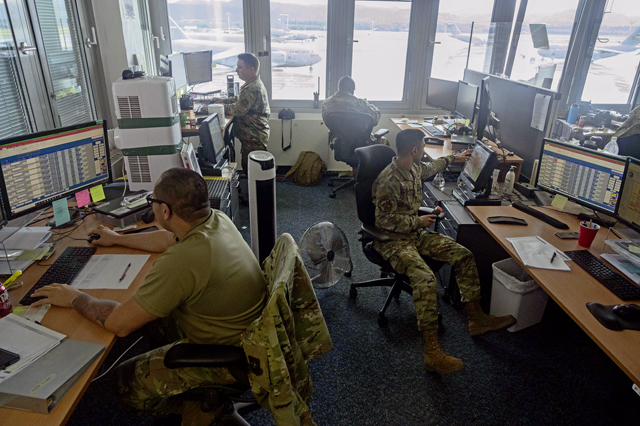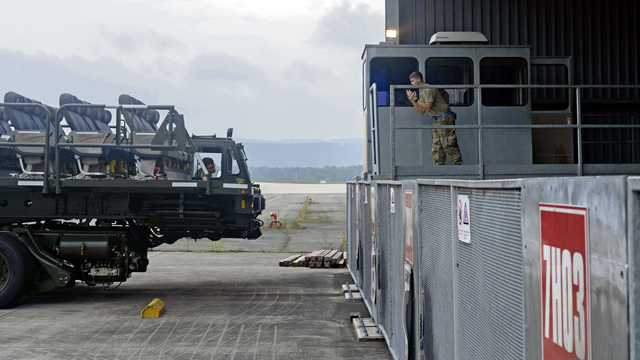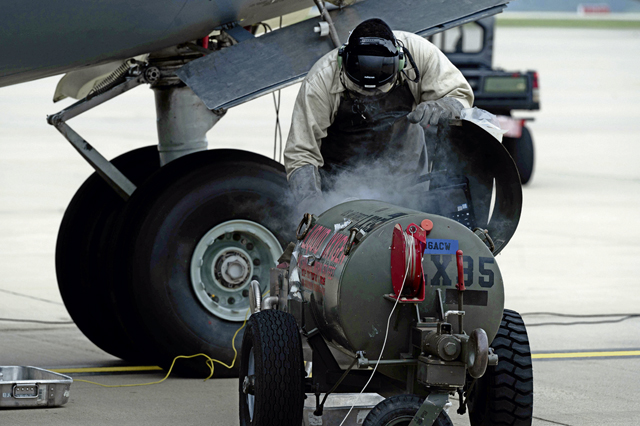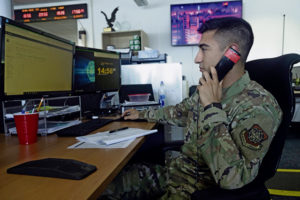
On a normal day, every person assigned to a base has their role to play. Maintainers operate machinery, security forces protect the base, and medical technicians provide physical and mental care to personnel.
Their role may intensify during a total force operation or deployment, increasing the workload to an unforeseen amount. A mission of historic proportions requires an entire wing ready to answer the call and bear the burden.
During Operation Allies Refuge — an operation facilitating the quick and safe evacuation of U.S. citizens, Special Immigrant Visa applicants and other vulnerable Afghans — coordination within the 521st Air Mobility Operations Wing is critical to the success of the mission.
The 521st AMOW is responsible for coordinating flight schedules, processing passengers, managing aircrews and partnering with the U.S. State Department during Operation Allies Refuge. The scope of this mission is also particularly reliant on the C-17 Globemaster III, an aircraft the 521st AMOW specializes in flying to conduct a variety of contingency operations.
The 721st Aircraft Maintenance Squadron maintainers have worked extra hours since Aug. 15, servicing C-17s transiting to Afghanistan.
Though he kept an eye on news developments as the operation continued, Senior Airman Eric Byrd, 721st AMXS communications navigator, was surprised to find the mission coming a little closer to home.
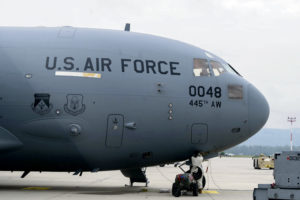
In a period of 48 hours following Aug. 20, more than 30 C-17s and a McConnell Douglas KC-10 Extender aircraft carrying at least 7,000 passengers from Afghanistan arrived at Ramstein.
“I wasn’t in for 9/11,” Byrd said. “I wasn’t in for Operation Iraqi Freedom or anything like that, but this operation is something I can be a major part of.”
Many of the Airmen participating feel similarity connected to history in the making.
“It’s been a big eye-opener,” said Senior Airman Donovan Fish, 721st AMXS C-17 crew chief. “We don’t normally get to see the result of the work we do.”
Maintainers don’t usually see the impact of their mission, according to Byrd.
“Right now we’re moving people and all this stuff and we’re seeing it everywhere,” Byrd added. “We’re seeing it on the news and on Facebook.”
As C-17s come in, many may arrive with cargo or need cargo before they depart. The 721st Aerial Port Squadron is on the job, delivering supplies such as water, wipes and food to areas in need such as Al Udeid Air Base, Qatar.
The aircraft also require extensive cleaning and sanitation once they arrive, and the 721st APS Fleet Services Flight takes the proper time to make sure flights are decontaminated.
Despite the challenges, the wing is doing what they were assigned to the base to do, according to Master Sgt. Timothy Ward, 521st AMOW Emergency Operations Center representative.
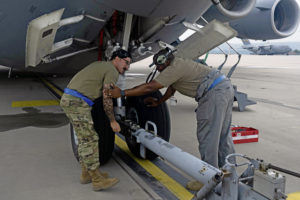
“This is a unique mission on a much larger scale, but this is something we’re always trained to do with moving passengers,” Ward said.
While Senior Airman Joseph Umipeg, 721st AMXS crew chief, sometimes finds himself limited by his current tools, he also agrees with Ward.
“I wish I could do more for (the evacuees), but for now I’m doing what I can,” Umipeg said.
Despite wanting to do more, Airmen from the 521st AMOW are prepared to take on the physical and mental workload of OAR.
“Our Multi-Capable Airmen have trained for this mission,” said Col. Adrienne Williams, 521st AMOW commander. “This is what we are strategically placed here to do. The professionalism and dedication of our Airmen continues to shine through as they generate agile, flexible force capabilities to project hope to the mission in Afghanistan.”
